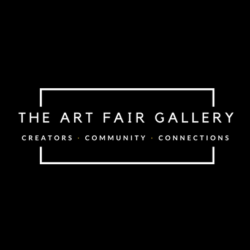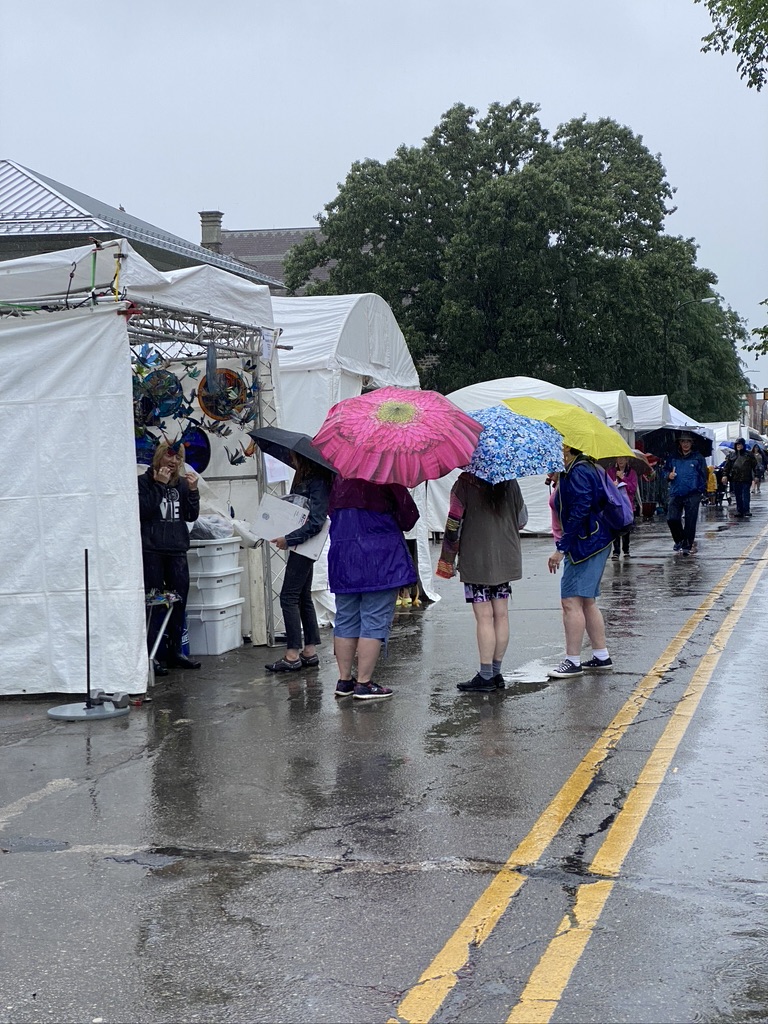Art fairs are exciting gatherings where artists, enthusiasts, and collectors gather to celebrate creativity. But amidst the vibrant atmosphere, there are challenges that both artists and organizers must overcome to make the event a success.
In this blog post, we will explore some of the most common hurdles faced by participants in art fairs and discuss strategies to overcome them. From unpredictable weather conditions to fierce competition, artists can navigate these obstacles to maximize their opportunities and showcase their talents effectively.
Challenge of Battling Unpredictable Weather:
One of the most significant challenges is dealing with unpredictable weather conditions. Whether it’s an outdoor art fair or an indoor event impacted by seasonal weather changes, artists should be prepared to protect their artwork from rain, wind, and extreme temperatures.
Tips to overcome weather challenges:
-
- Invest in sturdy and weather-resistant display materials to shield your artwork from the elements. Rain and wind can cause damage to your booth and art. Make sure your tent is properly weighted and the flaps can be securely tied down to prevent them from hitting your art. Also, make sure your displays can withstand wind.
- Choose art that can withstand outdoor conditions. Rearrange your art when rain is in the forecast to protect items that will be damaged if they become wet. Have waterproof bins to store your art. You can use them both during travel and during the event if the weather changes.
- Stay updated on weather forecasts and come prepared with appropriate protective gear.
- Wear layers of clothing or bring a sweater or sweatshirt with you. Even if it is forecasted to be hot, the morning and evening temperatures will be lower.

Challenge of Standing Out in a Sea of Creativity:
Art fairs are a melting pot of artistic diversity, making competition incredibly fierce. With many talented artists vying for attention, standing out becomes essential for success.
Strategies to stand out:
-
- Develop a cohesive and eye-catching display that reflects your unique artistic style.
- Engage visitors with interactive elements, demonstrations, or workshops that showcase your creative process.
- Create a compelling artist statement that communicates your inspiration and artistic journey.
- Use social media and online platforms to promote your participation in the art fair and build anticipation.
- Use your email list to inform your readers of your fair schedule.
Challenge to Navigating Pricing and Sales:
Pricing your artwork can be a challenging task. Adding in the direct competition of the other artists with varying levels of experience and different pricing strategies leads to more uncertainty. Moreover, convincing potential buyers to make a purchase can be equally daunting.
Tips for pricing and sales:
-
- Research and analyze the pricing strategies of similar artists to gain insights into market trends. Look at the fair websites and review artists that attended. Click on their websites to research their pricing. A caveat – sometimes online and show pricing can differ, but it can give you something to start with.
- Offer different price points to cater to a broader range of art enthusiasts.
- Create a welcoming and approachable atmosphere at your booth to encourage interactions with potential buyers.
Next Challenge – Managing Time and Energy:
Art fair participation demands significant time and energy, from preparing your artwork and booth to engaging with visitors throughout the event.
Time and energy management tips:
-
- Create a detailed timeline leading up to the art fair to ensure that you complete all necessary preparations. Use project planning software, excel, or your calendar to track everything from creating and boxing up inventory, making travel plans, exact check-in and setup times, etc. It’s a lot to organize for each event, and you probably have a full schedule each season.
- Collaborate with friends or fellow artists to share responsibilities and support each other during the event.
- Take short breaks to rest and recharge, ensuring you remain enthusiastic and approachable to visitors. Sign up for booth sitters when the fair offers this. Or bring a friend to help you on the day of the fair.
- Prioritize interactions with potential buyers. Be open to answering questions. Not everyone will buy from you the first time they see you, so collect their email to send them updates.
- Make sure you stay properly hydrated and bring healthy food to snack on. Bring a small cooler with water and your lunch in it. Bring food snacks you can eat quickly or between customers.
- Make sure to do something in the evenings to restore your energy. If you are extraverted, your interactions with people all day may have energized you. If you are introverted, it may have drained you. Either way, find time each evening or early morning to do something you know will restore your energy. It could be exercising, walking, having a quiet dinner with a friend, or reading. Each of you will have something different which refills your energy. Make sure to prioritize this.
Participating in an art fair allows artists to showcase their creativity, connect with others, and expand their reach in the art world. Despite challenges like weather and competition, careful planning and a positive attitude can help artists succeed. By standing out, adapting to market demands, and managing time effectively, artists can turn art fairs into amazing experiences that propel their careers forward.




